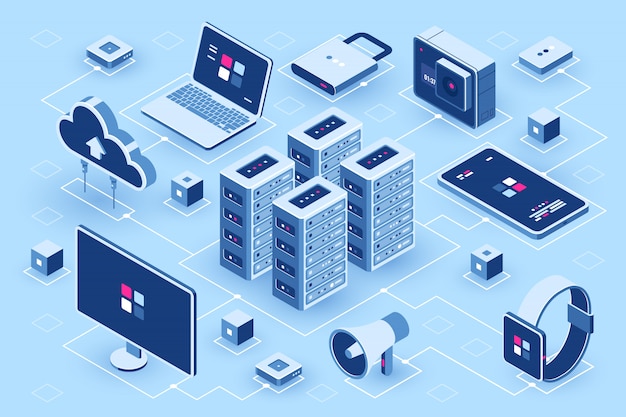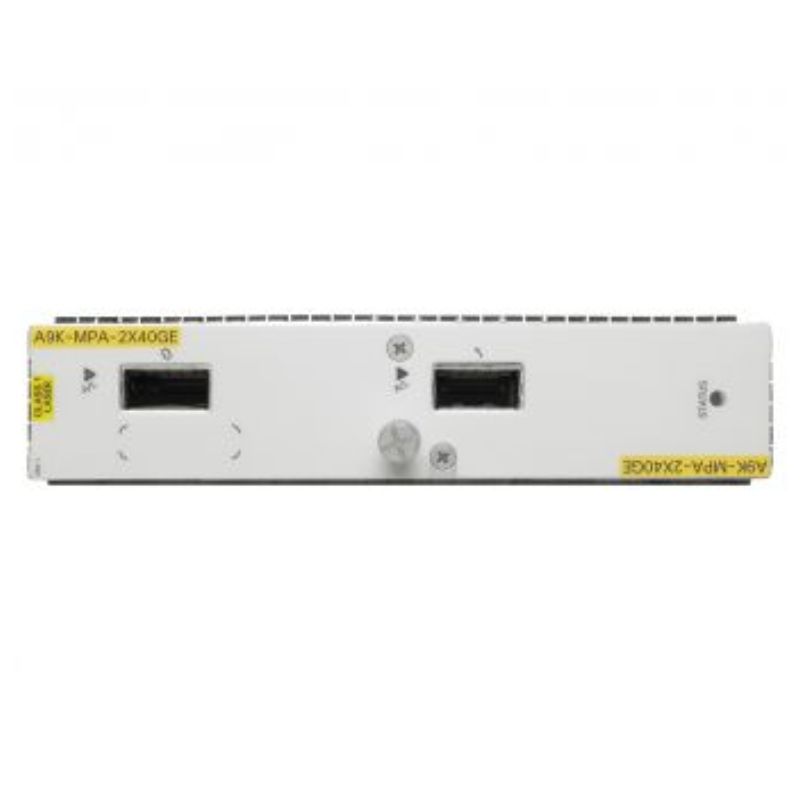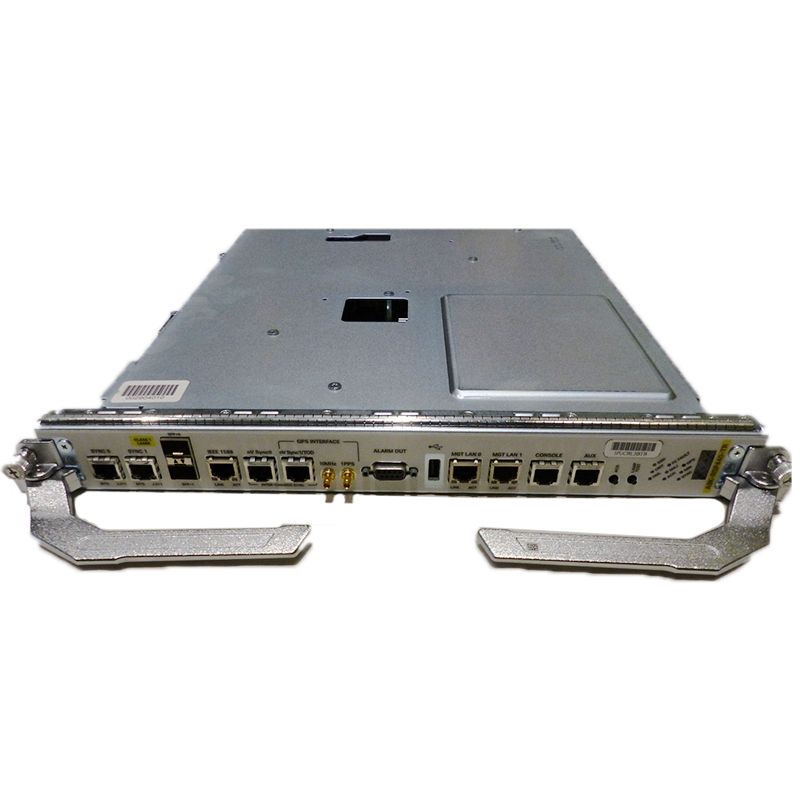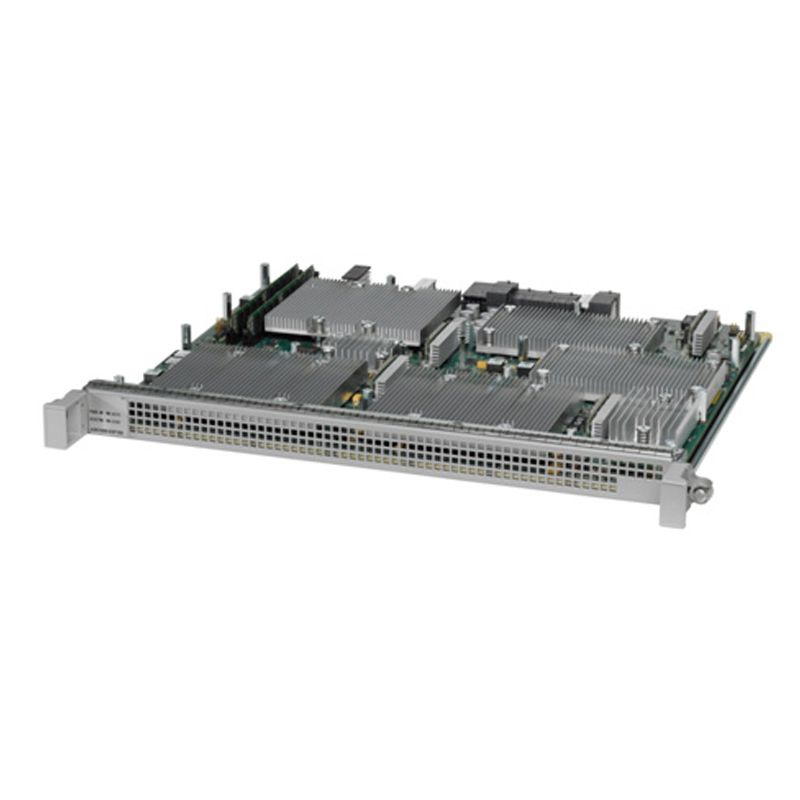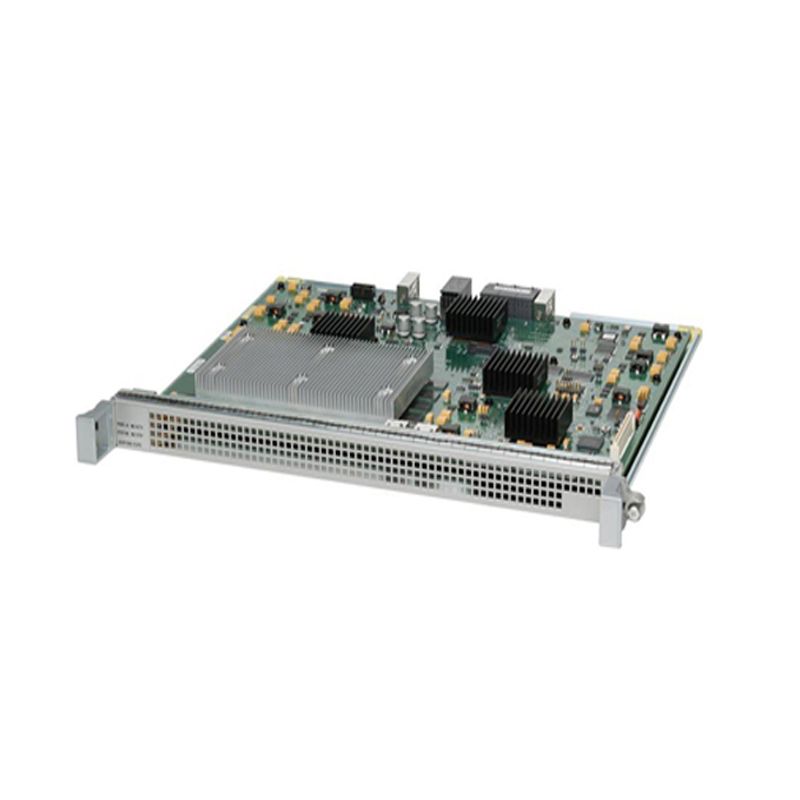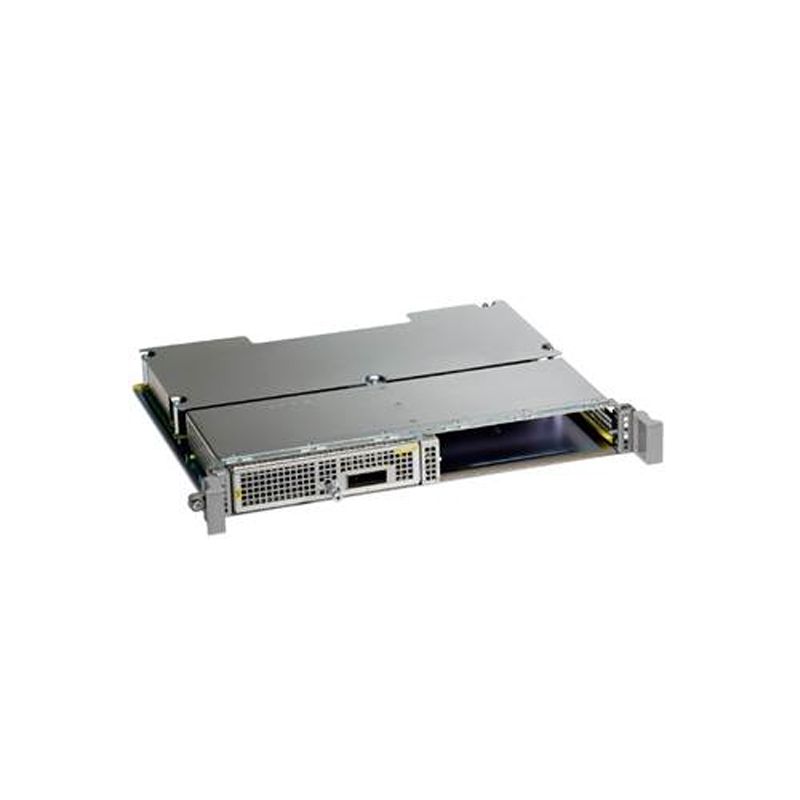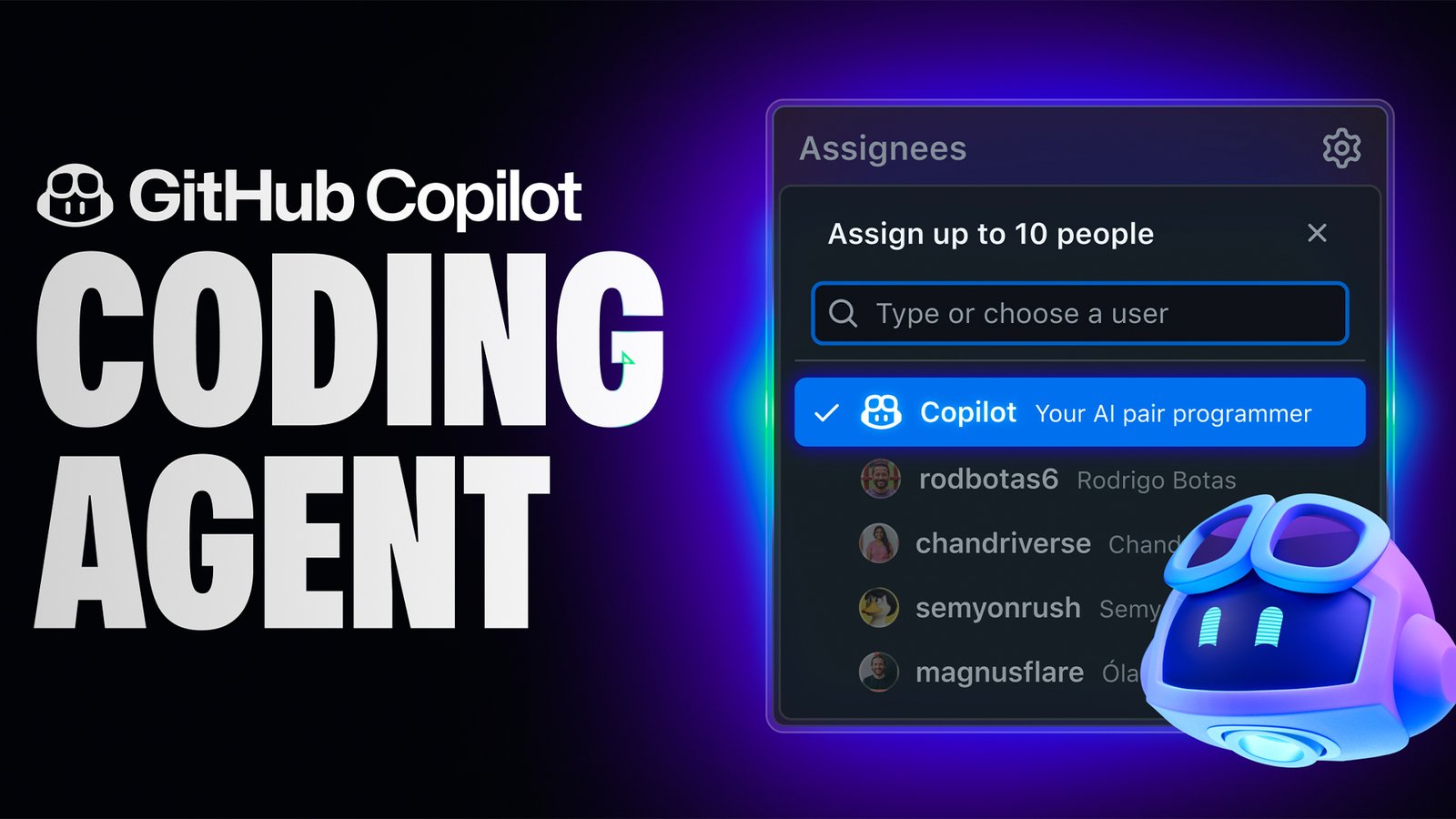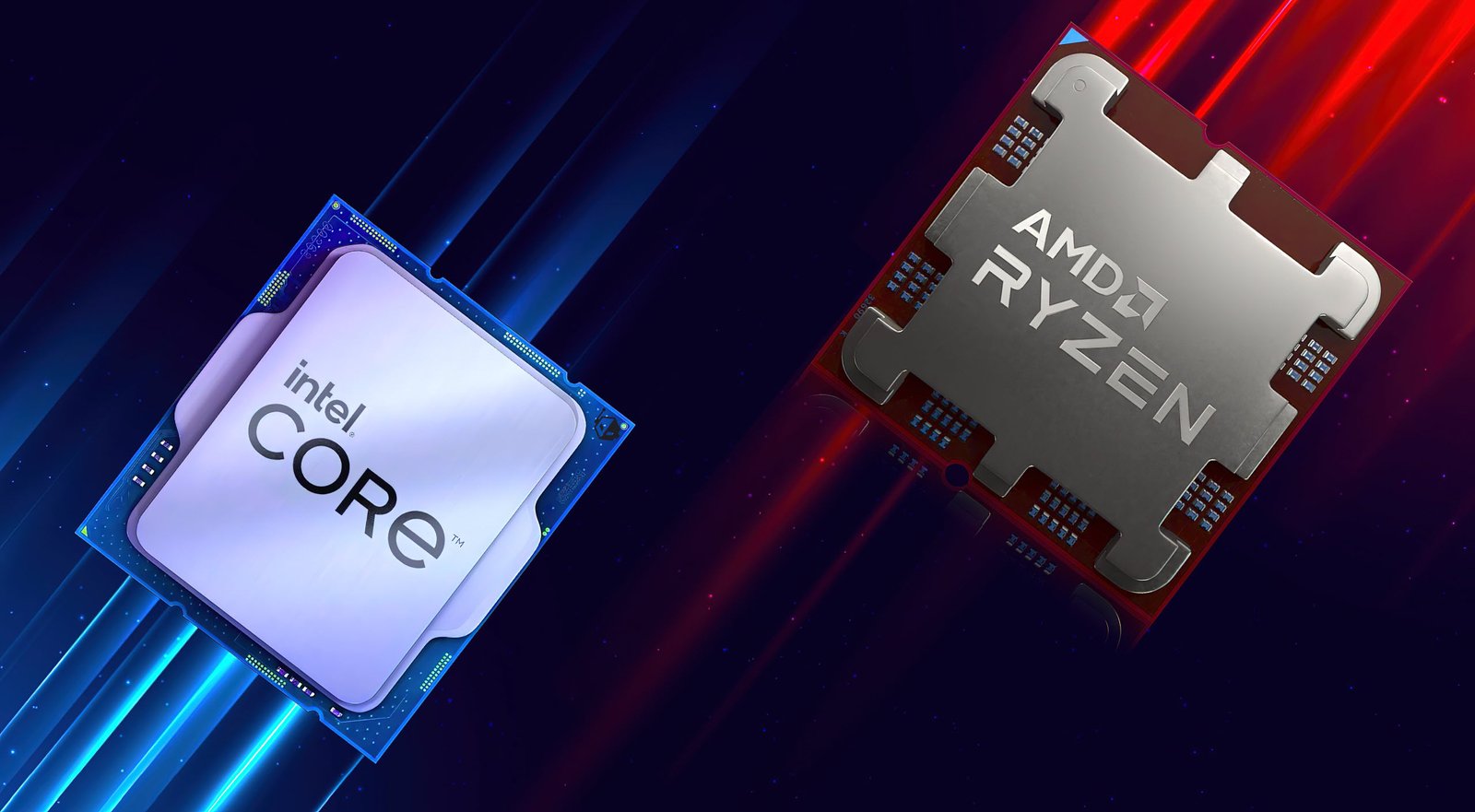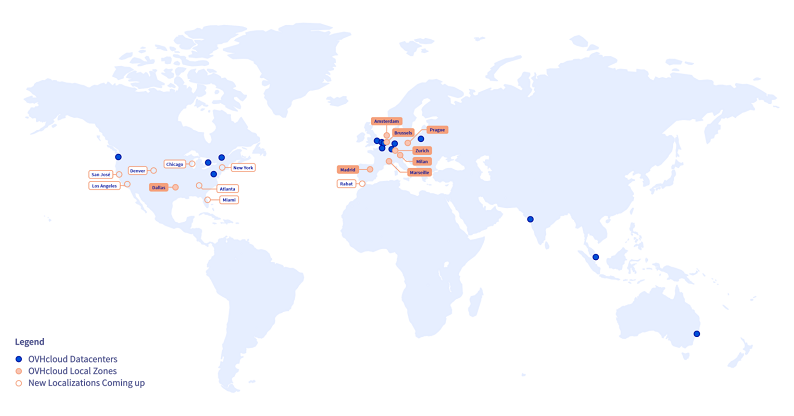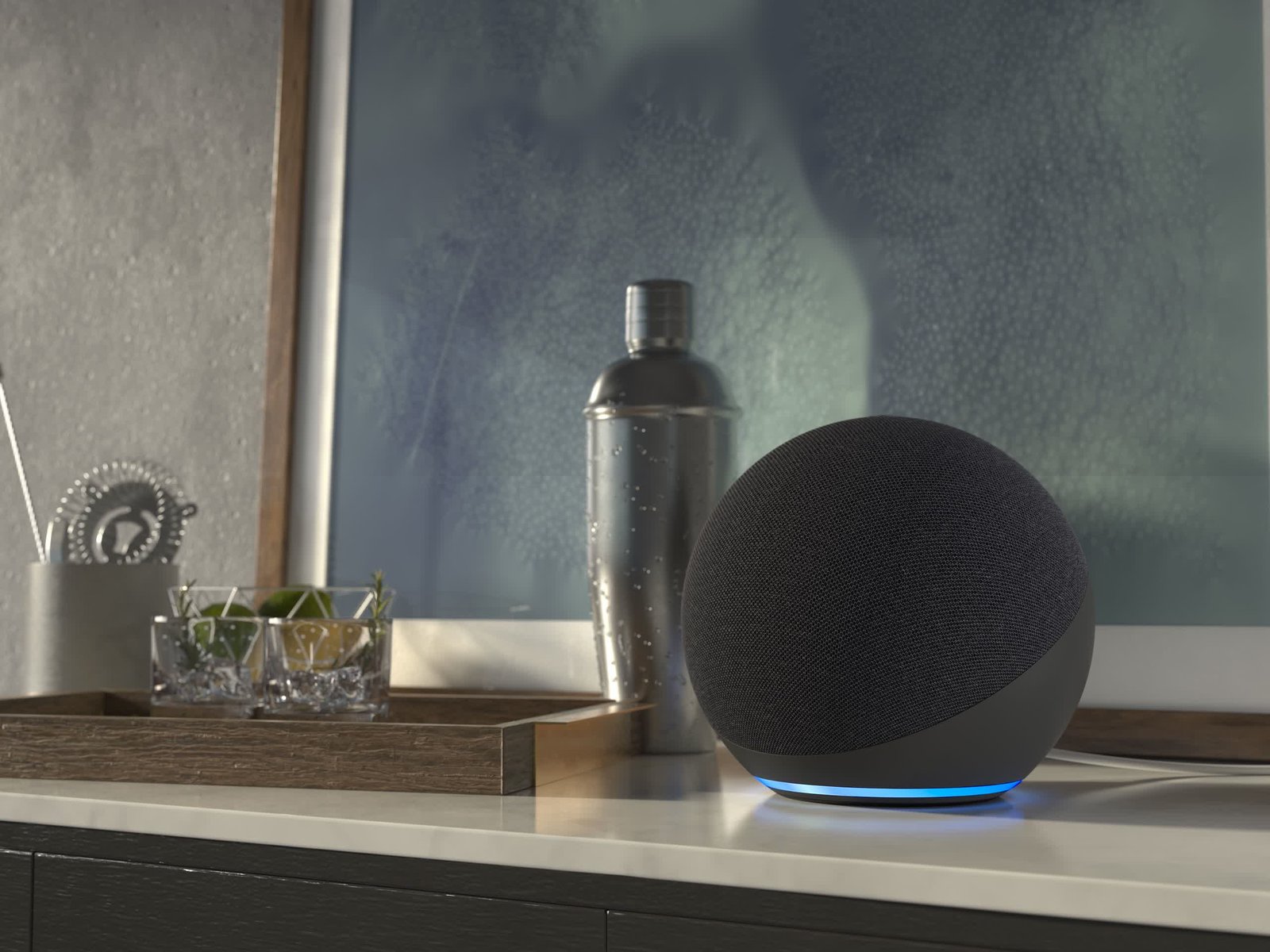In the classic 1960s animated series The Jetsons, the robot maid Rosey could clean rooms, look after children, cook dinner, and even engage in witty banter with the family. This futuristic vision of a housekeeper is slowly becoming a reality in the labs of tech giant Meta.
According to internal sources and patent documents, Meta is secretly developing an AI-powered humanoid household robot designed to “completely liberate human labor in the home.” This plan not only reveals Mark Zuckerberg’s ambitions beyond the “metaverse,” but could also spark a household service revolution.

1. Meta’s Robot Blueprint: From Virtual to Physical “Dimensional Strike”
Meta, previously known for its virtual reality (VR) and social media platforms, has now placed its bets on physical robots. The answer lies in two strategic logics:
- The “Physical Entry Point” to the Metaverse: Virtual worlds need a bridge to interact with the real world. Humanoid robots could serve as users’ “avatars” in physical spaces, executing remote tasks (like attending offline meetings).
- The “Ultimate Testbed” for AI Capabilities: Household chores are incredibly complex, and Meta hopes to train its AI models (like Llama) through robots to improve multimodal perception, real-time decision-making, and fine motor control.
Exposed Technology Roadmap:
- Bionic Design: The robot will stand at about 1.6 meters, with a lightweight carbon fiber skeleton. Its joints will have near-human flexibility, capable of bending over to pick up a coin from the floor.
- Sensory System: Equipped with 360° LiDAR, haptic feedback gloves, and even smell sensors to detect things like “whether the milk has spoiled.”
- Core Brain: Running a custom Llama-3 model, the robot can understand vague commands (like “clean like it was last week”) and learn autonomously through observing user habits.
2. Benchmarking Rosey: What Can Meta’s Robot Do?
Meta’s robot is working to replicate the classic functions of Rosey:
| Rosey’s Function | Meta Robot’s Technology |
|---|---|
| Whole-House Cleaning | Suction foot design + mechanical claw arms, can climb stairs, wash windows, empty trash bins |
| Childcare | Emotional recognition cameras + first aid knowledge base, monitors falls, helps with homework |
| Personalized Cooking | Connected to smart fridge inventory, adjusts recipes based on user health profiles |
| Humorous Conversation | Integrated Meta voice assistant + personalized modes, can mimic family members’ tones |
Breakthrough Developments:
- Zero-Shot Learning: If faced with a new appliance (like an unfamiliar coffee machine), the robot can scan the manual through AR glasses and learn to operate it in five minutes.
- Safety and Ethics Mechanisms: Includes an “Asimov Three Laws” firewall, preventing it from carrying out commands that could harm humans (e.g., maintaining a safe distance when using knives).
3. Technological Challenges: Why Are Humanoid House Robots So Difficult?
Despite the promising outlook, Meta still faces three major “hellish” obstacles:
- Cost Dilemma: The current prototype costs over $500,000 per unit, primarily due to:
- Dexterous Hands: The 12-joint mechanical hands need to withstand high temperatures, oil, and prevent breaking eggs.
- Dynamic Balance: How to avoid falling when holding a crying baby? Bipedal walking consumes 10 times more energy than wheeled robots.
- Edge Cases: The lab can handle 95% of standard household chores, but the remaining 5% of extreme situations are nightmares:
- How to retrieve contact lenses from a sofa cushion?
- How to calm a pet dog that knocked over a paint can?
- Social Acceptance: Surveys show that 67% of people worry about robots recording household privacy, and 39% believe “robots caring for children is cold.”
4. The Race Intensifies: Global Giants Competing for the Trillion-Dollar Home Market
Meta is not alone in this race. 2024 marks a crucial year in the humanoid robot arms race:
- Tesla Optimus: Musk claims it will go into mass production in 2025, with a price under $20,000, targeting industrial applications.
- Amazon Digit: Already testing goods sorting in U.S. warehouses, the next goal is household delivery storage.
- Chinese Companies: Firms like Fourier Intelligence and CloudMinds, supported by government subsidies, are focusing on elderly care markets.
Experts predict: By 2030, there will be 24 million home service robots globally, with a market size reaching $1.2 trillion. However, the products that win out will likely need:
- Prices under $10,000
- A “Housework TOEFL” (standardized skills certification)
- Customizable looks (e.g., choosing robot skin color and hairstyle)
5. Future Vision: When Robot Butlers Enter Everyday Homes
Imagine a morning in 2035:
- The robot adjusts your breakfast calories based on your sleep data, while reviewing vocabulary with your child in 20 languages.
- You wear a VR headset to enter the metaverse for work, while the robot takes on your physical body to repair a leaking pipe.
- An elderly person living alone has a robot that monitors their blood pressure, and even dances square dances to entertain them…
This could be the future Meta envisions—not to replace humans, but to give everyone more time to pursue creativity and love. As the Jetsons writers once said, “Rosey is not a servant; she’s a member of the family.”
The debate continues, but one thing is certain: As tech giants rush to bring Rosey from the screen to reality, we are at the beginning of a “housework renaissance.”








